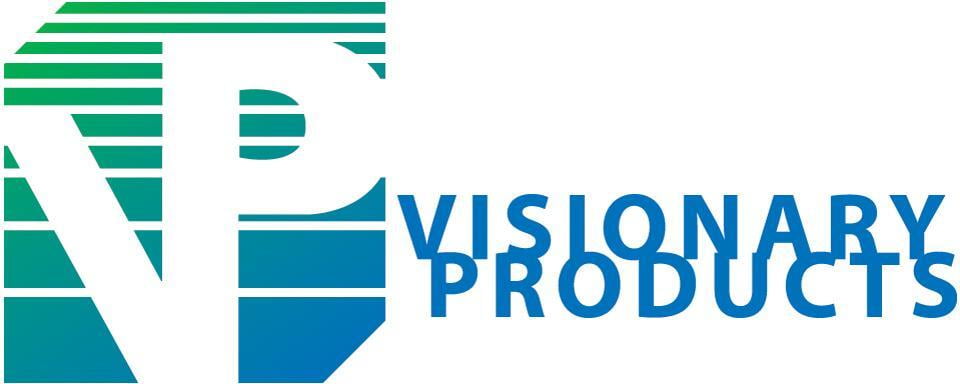Lean Terms and Definition
Batch Production - The object in question is created stage by stage over a series of workstations, and different batches of products are made.
Bottlenecks - (or constraint) in a supply chain means the resource that requires the longest time in operations of the supply chain for certain demand.
Cellular Manufacturing - A method of producing similar products using cells, or groups of team members, workstations, or equipment, to facilitate operations by eliminating setup and unneeded costs between operations. Cells might be designed for a specific process, part, or a complete product.
Cellularization - Grouping machines or processes that are connected by work sequence in a pattern that supports flow production Creating flow and eliminating waste.Grouping machines or processes that are connected by work sequence in a pattern that supports flow production Creating flow and eliminating waste.
Flow Cell - A logical, efficient, and usually physically self contained arrangement of supplies, equipment, and personnel to complete a service sequence; a flow cell enables visual management, simple flow, standard work, transparency, and tight connections. Used for Creating flow and eliminating waste
JIT - (Just in Time) sets out to cut costs by reducing the amount of goods and materials a firm holds in stock.
Kaizen - continuous improvement.
Kanban - is an inventory-control system to control the supply chain
Lead Time - is the time between the initiation and execution of a process.
Line Balancing - Equalizing cycle times.
Non Value Added - Steps in a Value Stream that take time, resources or space, but do not transform or shape the product or service to meet the needs of the customer.
Point of Use - All supplies are within arms reach and positioned in the sequence in which they are used to prevent extra movement.
Pull Systems - Manufacturing strategy used to reduce waste in the production process. In this type of system, components used in the manufacturing process are only replaced once they have been consumed so companies only make enough products to meet customer demand.
Standard Work - Forms the baseline for kaizen or continuous improvement. As the standard is improved, the new standard becomes the baseline for further improvements.
Visual Control/Management - Technique employed in many places where information is communicated by using visual signals instead of texts or other written instructions.
Synchronized Scheduling - The flow of products to the customer in the exact quantity, exactly when needed, and to the correct location.
Throughput - The rate at which work proceeds through a manufacturing system.
One Piece Flow - Processing one unit at a time.
Quality at the Source - a lean manufacturing principle which defines that quality output is not only measured at the end of the production line but at every step of the productive process and being the responsibility of each individual who contributes to the production or on time delivery of a product or service.
Queues - A mass production approach to operations in which large lots (batches) of items are processed and moved to the next process—regardless of whether they are actually needed—where they wait in a line.
Work in Progress - (WIP), goods in process, or in-process inventory are a company's partially finished goods waiting for completion and eventual sale or the value of these items.
